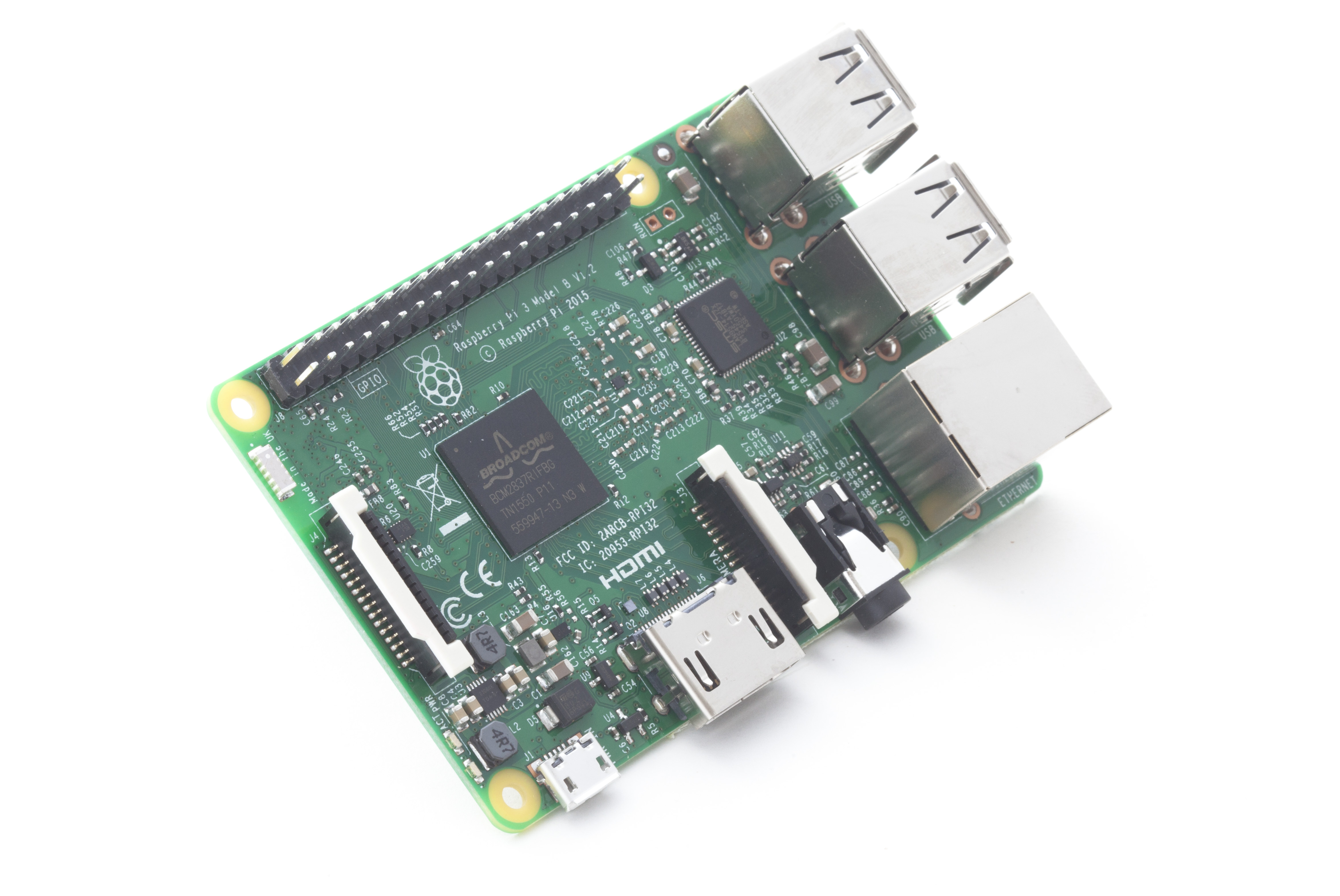Raspberry Pi 3 Launches With Quad-Core Cortex-A53 CPU, Built-In Wi-Fi And Bluetooth 4.1
The new Raspberry Pi 3 launched with built-in Wi-Fi and up to ten times the performance (SysBench) and four times the RAM of the original Raspberry Pi chip, which was released four years ago.
Past Raspberry Pi
The first Raspberry Pi had a 700 MHz single-core ARMv6 CPU, 256 MB of RAM, a Broadcom Videocore IV GPU, and an SD slot (or a microSD slot on the enhanced versions). The foundation has sold 8 million Raspberry Pi 1 units so far, making the Raspberry Pi the UK’s all-time best-selling computer.
Because of its older ARMv6 architecture, which hasn't really been used even in smartphones for the last two years ago or so, when the ARMv7-based Cortex-A7 CPU started flooding the low-end smartphone market, the first Raspberry Pi couldn’t support too many Linux distributions. Ubuntu, for instance, didn’t work on it, both because of some lack of hardware features on that architecture and also because its performance was too slow.
A year ago, the Raspberry Pi Foundation launched the Raspberry Pi 2. It came with an ARMv7-based quad-core 900 MHz Cortex-A7 CPU, which was much faster than the previous single-core 700 MHz ARM11 CPU. It also had 1 GB of LPDDR2 RAM and supported Windows 10 IoT and Ubuntu.
Enter #3
Now, the foundation launched the Raspberry Pi 3, which brings a quad-core 1.2 GHz Cortex-A53 CPU that should be roughly 50 percent faster than the Raspberry Pi 2 CPU thanks to a 33 percent increase in clock speed and other architectural improvements gained from moving to an ARMv8-A CPU. The 64-bit mode isn’t enabled, though, and the foundation will investigate over the next few months whether there is value in enabling it.
The Pi 3 is better positioned as a more complete out-of-the-box IoT platform, as it now comes with built-in 802.11 b/g/n Wi-Fi and Bluetooth 4.1, and developers don’t have to buy extra wireless dongles to connect to it anymore.
The BCM2837 SoC that powers the Raspberry Pi 3 comes with a VideoCore IV GPU, just like the older Raspberry PI chips, and the reason for that is that it’s the only publicly documented GPU. The foundation said it wants to make its chips even more open in the future, so unless other GPU makers unveil the documentation for their GPUs, it likely won’t move away from Broadcom’s GPU.
Get Tom's Hardware's best news and in-depth reviews, straight to your inbox.
The new board will go on sale today, and it will be available for $35 from resellers such as element14 and RS Components.
Lucian Armasu is a Contributing Writer for Tom's Hardware. You can follow him at @lucian_armasu.
Lucian Armasu is a Contributing Writer for Tom's Hardware US. He covers software news and the issues surrounding privacy and security.
-
dstarr3 Boy, I'm glad I saw this article. I was literally just about to buy a Pi 2. I'll gladly wait the extra however-long to pick this up instead. Built-in Wifi! Brilliant!Reply -
tamalero Hey Tomshardware and Anandtech.Reply
Can you tell me why the hell both your website and anandtech.com are trying to spread a trojan horse and damaging script files?
-
dstarr3 ReplySlower than my 3 year old smartphone
That's because it's built on old smartphone parts. It's not supposed to be cutting-edge performance in a small form factor. It's supposed to be just a cheap, functional micro-computer. And for $35, I want hundreds of these. -
sykozis Reply17584661 said:Hey Tomshardware and Anandtech.
Can you tell me why the hell both your website and anandtech.com are trying to spread a trojan horse and damaging script files?
Not the first time that's happened..... I recommend blocking the ads for security reasons. -
MeeLee If you want slow, buy a $45 (shipping included) LG realm (same price as the $35 + tax and shipping Pi3)Reply
It has everything the Pi3 has and more (800x480 screen, a whole range of sensors like motion and gps, and you could enable 3G/4G network.
I'd be more interested if they had a higher end model (for a surcharge) with an ARM cortex A-72, rather than an almost decade old A-53 chip. -
SpeedEnforcedByAircraft Wonderful! I plan to build a Pi streaming video night-vision tank. I doubt the included WiFi works fast enough, so I'll need a new adapter, probably.Reply -
CRITICALThinker @MeeLee, A53 is a recent chip, and was released alongside A57 as the successor for the A7 core.Reply -
SpeedEnforcedByAircraft Reply17584911 said:If you want slow, buy a $45 (shipping included) LG realm (same price as the $35 + tax and shipping Pi3)
It has everything the Pi3 has and more (800x480 screen, a whole range of sensors like motion and gps, and you could enable 3G/4G network.
I'd be more interested if they had a higher end model (for a surcharge) with an ARM cortex A-72, rather than an almost decade old A-53 chip.
You're making the rather broad assumption that we want to use strictly Android for our Pis. No one will ddevelop support for Linux on these phones, plus, I'm fairly sure that phone lacks GPIO pinouts.
